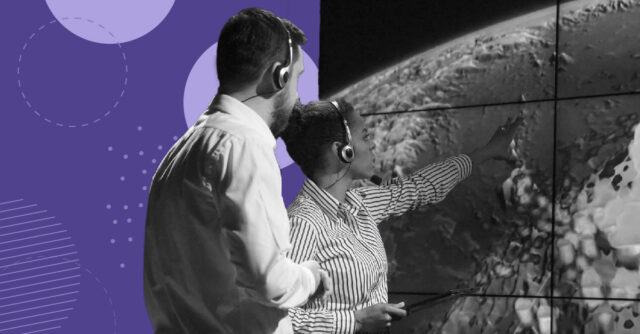The ability to accurately visualise how an extreme weather event is unfolding brings great business advantages. You can immediately see the people, infrastructure and parts of business that are most likely to be affected, helping you act decisively.
Whether it is floods, volcanic eruptions, hurricanes or wildfires, severe weather events evolve rapidly; so rapidly that few people can manually analyse and accurately trace their path of destruction. This is where geovisualisation, which combines layers of data from public data sources in real-time and plots them on a map, can be a powerful tool for security and disaster-recovery teams.
In this report from Dataminr, you’ll see how this capability saved the day for businesses across the world. For instance, you’ll see how organisations in the US monitored the movement of hurricane Ida, moment-by-moment, in relation to their employees and infrastructure. You’ll see further examples of how geovisualisation proved decisive for businesses in the case of volcanic eruption in the Tonga Islands and flooding in Europe. Download the full report now.
KEY INSIGHTS

Geovisualisation Combines Many Layers Of Data:
Layers of data such as rain density and storm intensity give you a detailed picture of what’s going on in the ground. Discover how it can help you make quick decisions in the report.

Visual Information Lets You Focus On The Most Urgent Tasks:
During a rapidly evolving situation, it is easy to be swept away by the chaos. The report shows how by having visual information before you, you can communicate seamlessly and focus on those who need help most urgently.

Public Data Sources Provide A Wealth Of Context:
Public data sources such as first-hand accounts, audio transmissions, the deep and dark web, and IoT sensors provide accurate alerts — sometimes hours or days before news channels. How can this help you? The answer is just a click away.

GET YOUR REPORT

DISCOVER MORE FROM DATAMINR



